If you’re seriously researching ways to power up your commute, you might already be familiar with some of the best electric bikes. But seeing as our best city e-bike, the Charge Bikes City, is $1,799, I think we can safely say that e-bikes don’t come cheap. Even some of the best cheap electric bikes are over $1,000.
So when I had the opportunity to test the $499 CLIP Commuter e-bike conversion kit, I was extremely intrigued. An e-bike, but it’s my bike? Count me in. CLIP is a front-wheel e-bike attachment that uses friction drive to power up your regular manual bike. It’s battery-powered, with torque boost and regenerative braking buttons, and it’s removable. These specs sounded like music to my ears.
However, that’s where my joy promptly fizzled out. The battery lasts for a maximum of 6 miles (I found it more like 4 in my hilly neighborhood), it’s loud (77dB), and heavy (8.8 pounds). The e-bike conversion kit is $499 direct from CLIP, which isn’t a small amount of money. Yes, it’s cheaper than an e-bike, but at what overall cost?
I’m Melting!
While this heading is more reminiscent of the Wicked Witch of the West than an e-bike conversion kit, I feel my hyperbole is justified.
As someone who lives in the United Kingdom, I need a mode of transportation that will survive a slight rain shower. Unfortunately, the CLIP e-bike conversion kit is not waterproof at all, and straight-up cannot be ridden in the rain. During my testing period with this kit, I couldn’t ride it on two of the four days due to inclement weather. Imagine if I’d just spent $500 on a product I could only ride 100 days out of the year — I would be fuming.
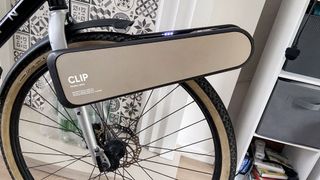
If you need something that can withstand rain, I’d recommend the Swytch Go, which is IPX6 rated.
Just a hop, a skip, and a jump
How long is your commute? According to Moovit, the average NYC commute distance is 5.9 miles. In Bath, U.K., mine is 2 miles, which I usually walk or cycle. If I were to use CLIP as my commuting transportation, I would be able to get 1 ½ days of use out of it before needing to recharge.
However, if you live in NYC, you would only be able to get one way out of the CLIP. With a maximum range of 6 miles (that’s not including using the torque boost button to get up particularly steep hills), you’d need to recharge the CLIP after you arrive in the morning, and when you get home in the evening. Although the battery charges in under 30 minutes (23 mins 7 seconds exactly during my testing), having to juice it up twice a day seems like way too much.
And if you live in a particularly hilly area, you’ll need to mash the torque boost button to help you up said hills. If your commute is 6 miles plus hills? You’re cooked.
Suspension forks? Uninvited
In the words of Linsay Lohan as Cady Heron in the 2004 hit movie Mean Girls, “The limit does not exist.” Unfortunately, in the case of the CLIP e-bike conversion kit, the limit certainly does exist, and it’s a pretty restrictive one.
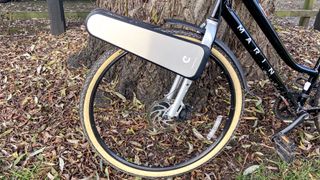
As someone who lives in a very hilly city with rolling fields and beautiful rural greenway cycle paths, I need a mountain bike to take advantage of my gorgeous surroundings. If I had a city bike or road bike, I wouldn’t be able to traverse the bumpy bridleways and muddy river paths on the outskirts of the city. I love my second-hand Voodoo Bantu bike, with its bouncy suspension forks.
But the CLIP doesn’t love it back. Due to its clip-on design, the conversion kit cannot be used with suspension forks. It’s designed to be a commuter’s best friend, and therefore, only compatible with city and road bikes. I tested the CLIP using a rented Marin drop-frame urban bike instead of my personal bike.
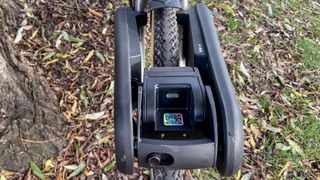
Instead of the CLIP, which I think needs a bit of work before it’s recommendable, I’d suggest you check out Swytch. Swytch makes the Go conversion kit — we rated 4 stars in our Swytch Go review — and a range of different kits for different bikes. You can get an Air mountain bike conversion kit for $499, which I’d recommend instead of the CLIP due to its versatility, IPX6 rating, and 1.5 pound weight.
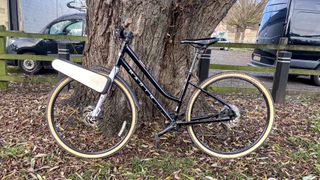

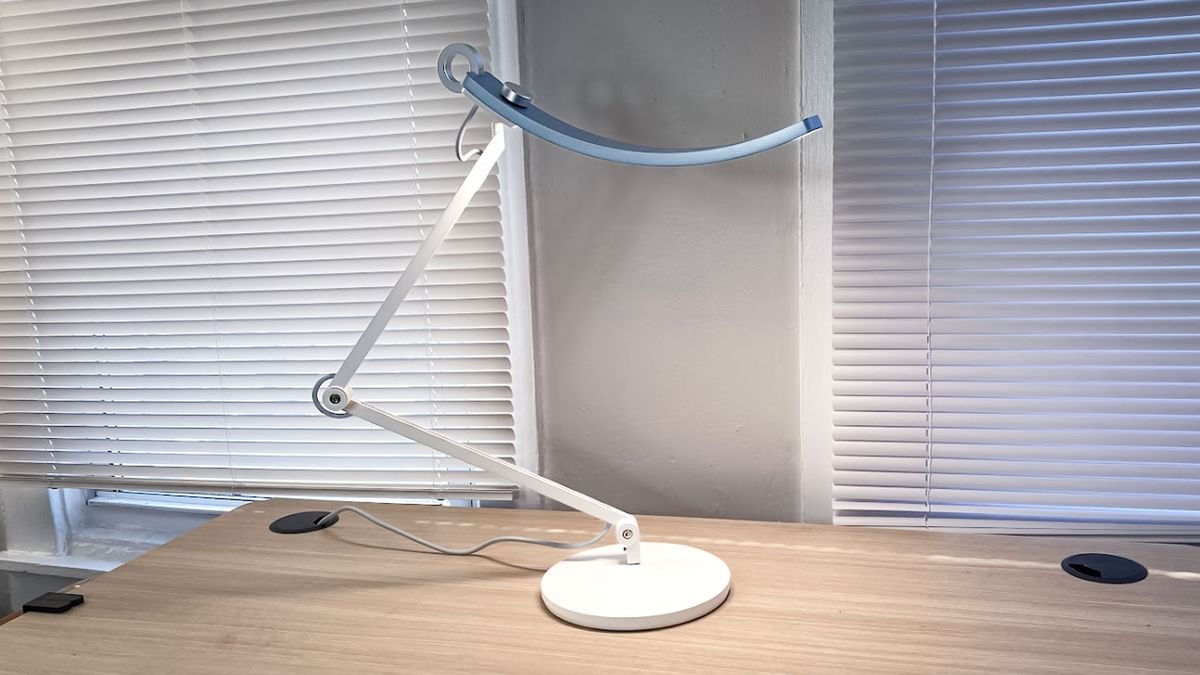





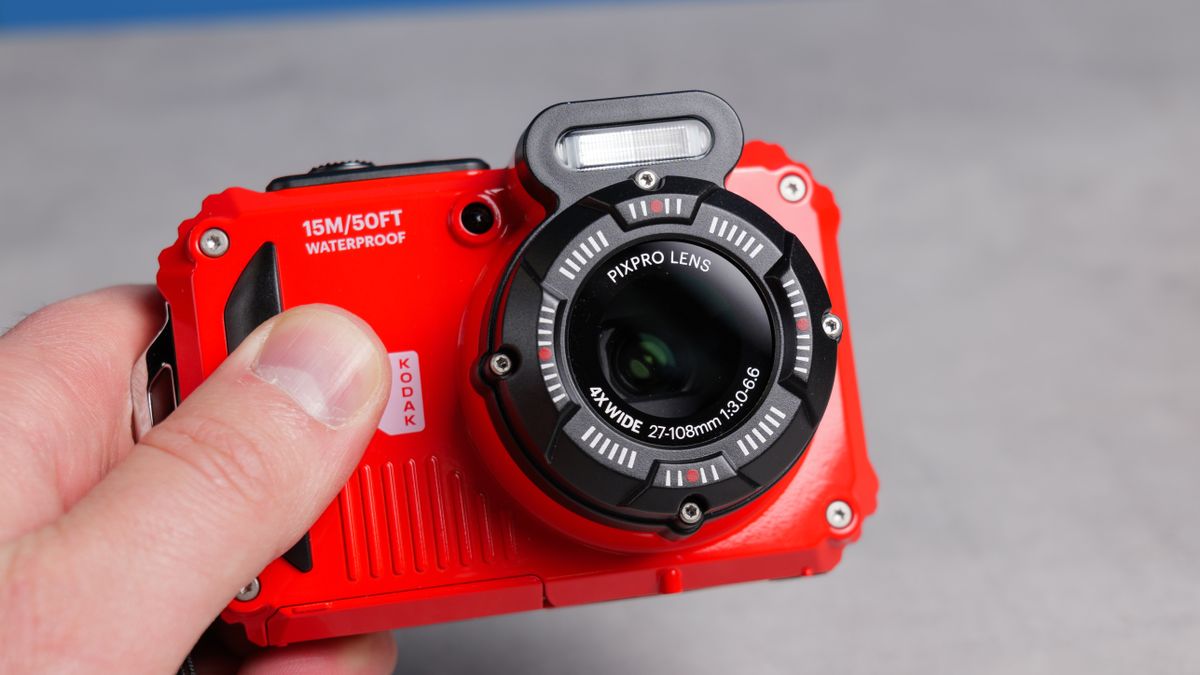

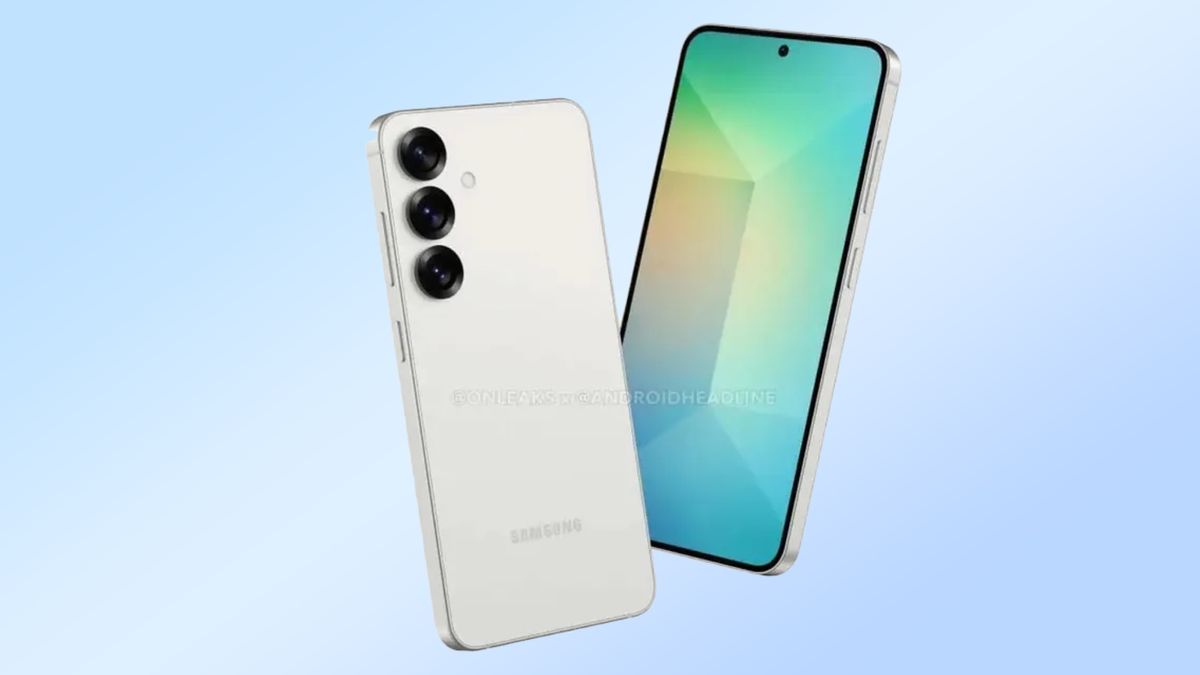









 English (US) ·
English (US) ·